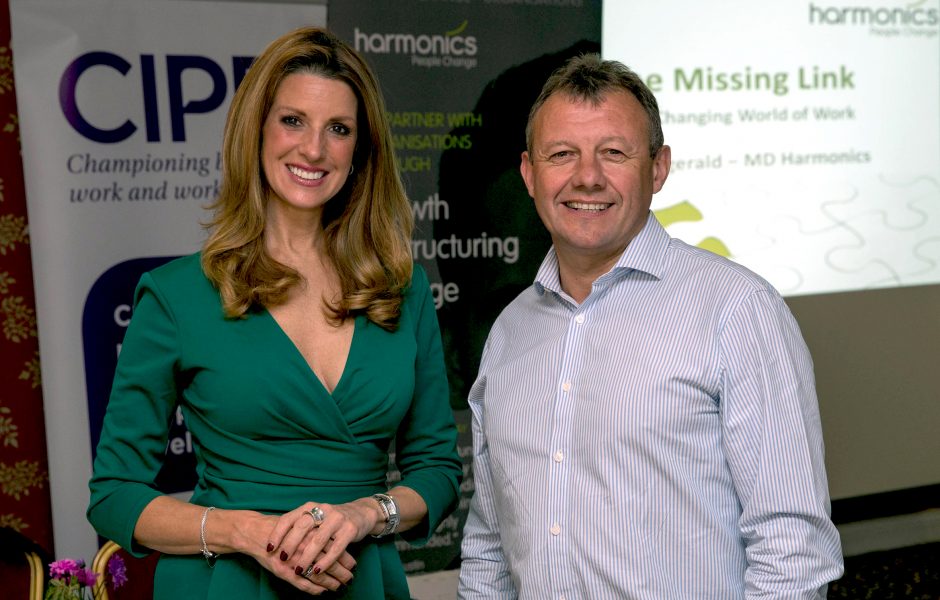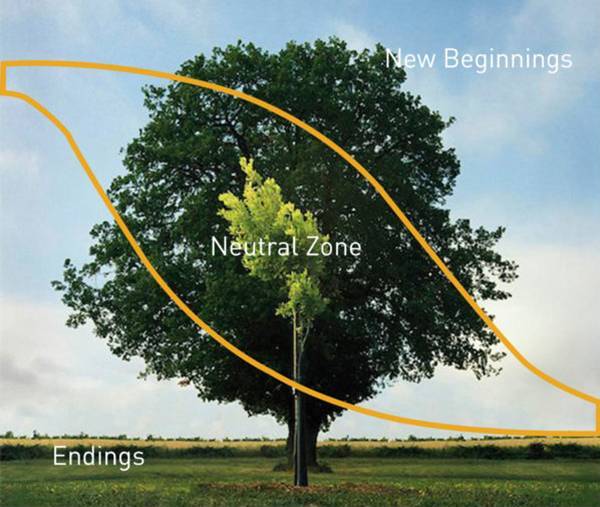Building a strong performing leadership team can take time. However, for a private equity-backed business, they often don’t have the luxury of time. In this guest blog, Kevin Murphy sets out four guiding principles to building a senior leadership team for a PE backed business. At the speed at which larger and more established organisations are changing, I believe some of the principles would serve many CEO’s who are under pressure to deliver immediate results. Finally, as a member of Ireland Smart Ageing Exchange (ISAX), I’m delighted to see Kevin highlighting the ‘reverse ageism principle’. Hope you enjoy the read, John.
When looking at building a senior leadership team for a PE backed business, it’s hugely different from that of a plc or large corporate. From my experience, a PE backed business typically has a timeline of 3 to 5 years to deliver significant results for the PE fund. Accordingly the leadership team, and the hiring CEO, must develop and deliver strong business results quickly.
Whenever I joined as CEO of a business, one of the first things I would do is assess the existing management structure to ascertain if adjustments were necessary to turn the performance of the business around, or to push a successful business to achieve greater returns. I generally use a few firm principles to guide me and these are broadly as follows:
Don’t compromise and be ruthless if necessary
There can be no hesitation or compromise to ensure you build the strongest performing teams. I believe it’s crucial to wait for the right person; it’s all about getting the right people you need to achieve business goals. If not, it will come back to haunt you and cause you unnecessary issues later on.
If you inherit a team, then it may be the case that this team is not structured or built with the right skills to enable you to carry out the activities required by the business. The growth of the business simply requires bringing in fresh team members who have the necessary vision and skills.
In this situation, you need to make the hard calls. If people lack the right skills or cannot do the job, then they must go. There is no scope for compromise. With the demands and pace of a PE backed business, there really is no room for passengers. This is frequently a difficult part of the job to exit people, however I believe that the wider business understands that difficult decisions need to be made. They will acknowledge where a CEO has made a difficult leadership decision.
Experience is essential
On that basis, there are certain things I always look for in building a leadership team, namely people who have 25-30 years of experience under their belt. I call it my “grey hair” principle. It’s a great support to me as CEO to have a mature, experienced team sitting around the leadership table who will not be fazed by the various business challenges. They will pretty much have seen it all before. This reverse ageism principle has always served me well and I have had great, older colleagues who have done great jobs for me. The other big advantage of this is that they tend to speak their minds more and can contribute strongly to the growth of a business.
As CEO, I don’t have the time to wait through a long adjustment period for management to find its footing or develop into their roles. With the right leadership in place, I can be more confident of delivering the annual return and ongoing growth that investors expect.
Once or twice however I’ve made mistakes, hired someone who wasn’t ready, or wasn’t right for the role. This is when the 6-month probation period is crucial as this allows a get-out for both parties. I believe that setting clear goals for the first 6 months, and giving regular performance feedback, is crucial to letting a new hire know he / she is performing. If they are not hitting the required standard in these first 6 months, I have at times exited people at this stage. This is tough to do but is better in the long run for me as CEO and for the business.
Let them get on with it
When you have experienced people in place, who know more than you do frequently, it aids in the overall momentum of the business. You can give them clear goals, get out of their way and simply let them do their jobs. By identifying situations where strong existing leadership just needs greater independence and rewards, this makes it easier to push the business forward. A good friend of mine uses the 3D rule of management – Decide, Delegate & Disappear! I don’t quite do the “disappear” bit but I do like to actively delegate and let my experienced team work away on delivery.
I also strongly encourage people to have different opinions to me. This challenges me, and ultimately provokes more valuable discussions with respect to business issues. Tapping into the reservoir of others’ experience can lead to far greater returns than having to pull people along with you.
So, in summary, when you hire people that have been around the block, they can handle themselves and the demands required of them leaving you to focus on strategy, direction and other issues.
Consider your Succession Plan
Lastly, as CEO, I believe that it is imperative that you think about your succession plans and how to develop more junior colleagues so that they can potentially step up to more senior leadership roles in due course. Ideally the skillsets and experience is there for every team member to move upwards in the chain but it’s up to the CEO to ensure that smooth transition and to create opportunities for it to happen. Keeping an eye on the future line-up is part of maintaining a strong leadership team.
Hopefully you have enjoyed this short read about the few key principles that I have used in building leadership teams, particularly in demanding PE backed businesses. Perhaps in different types of businesses a CEO may have a longer development time line or may not be under such intense pressure for results each month or quarter. Certainly when I worked as CEO in a plc business, there were always options to move people to other parts of the wider Group so the need to exit people was not as intense. However PE backed business have a particularly demanding dynamic I believe and hence why, as CEO, I adhered strongly to these principles. They have served me well to date!
Kevin Murphy is an independent leader in the payments industry, working with domestic and multinational clients to shape their business strategies and improve business performance. With more than 30 years of experience in the financial services industry across Ireland, UK and the US, he is skilled in all aspects of the global payments business, cards and payment systems and in consumer finance issues, including consumer protection, banking regulation and marketing strategies. Kevin now uses his depth of Consumer Finance and Payments knowledge and experience to assist organisations with strategy and execution, advising clients on EU and domestic payments strategies. He is also highly experienced in working with Private Equity businesses in this market. His niche consultancy Colthurst Card & Payment Solutions offers consumer finance and payments solutions to businesses across Ireland, the UK and the USA. You can follow Kevin on @kevinmurphyIE, connect with him on uk.linkedin.com/in/kevindmurphy1 or contact him at kevin@colthurst.ie
To learn more about Harmonics Leadership Development programmes, please contact Harmonics on 01 8942616, 061 336136 or 021 7319604 or email info@harmonics.ie
Follow Harmonics on LINKEDIN and keep up to date with trends in the World of Work





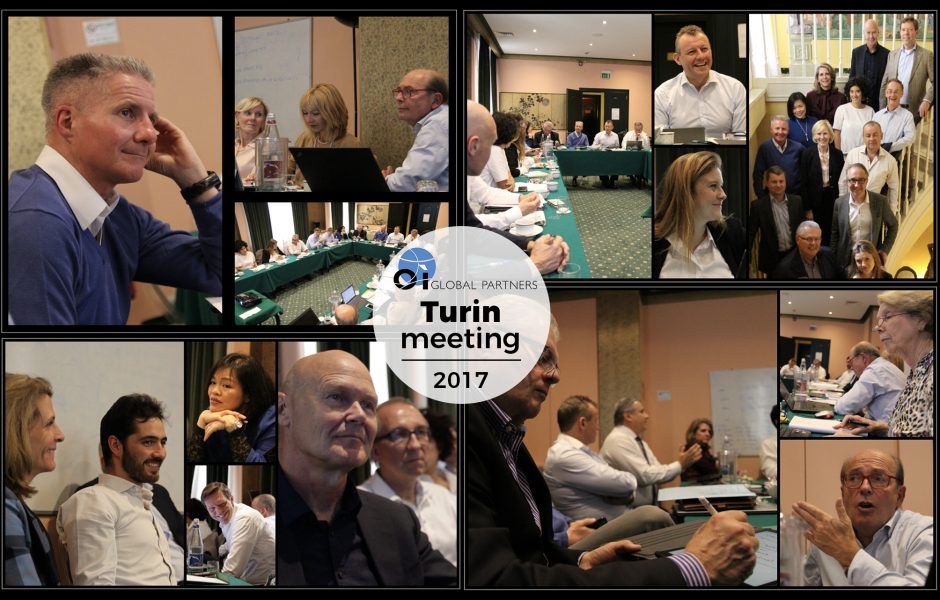

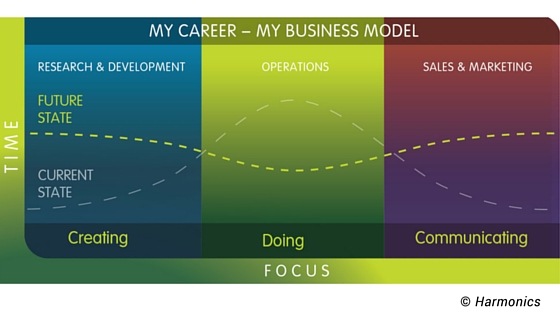
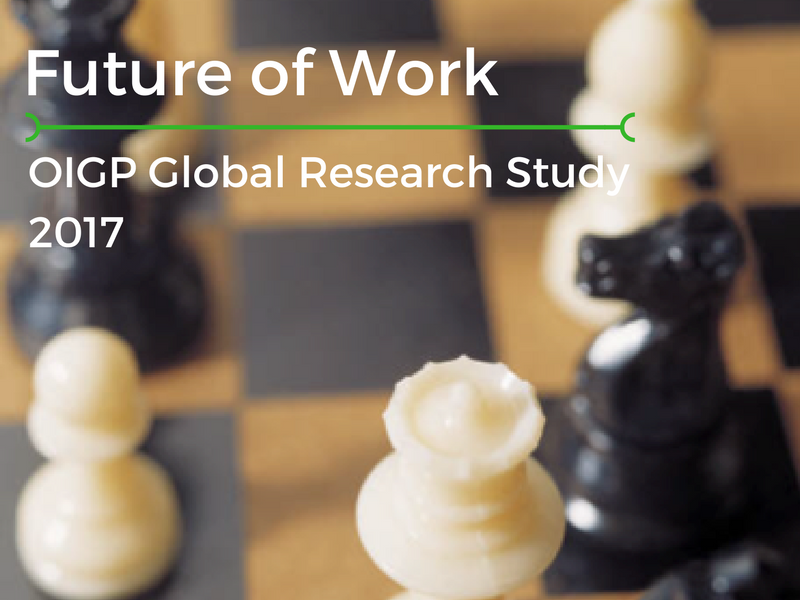
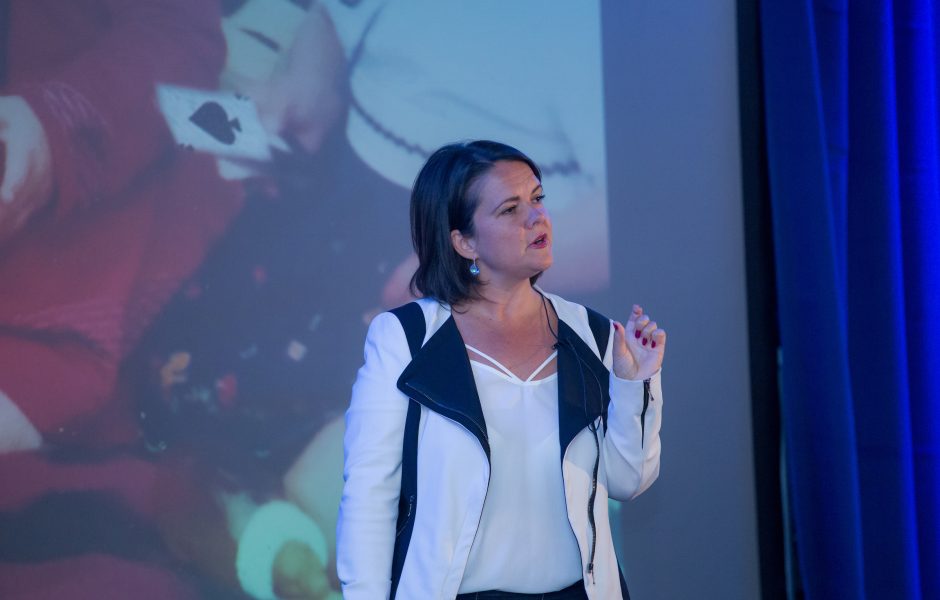
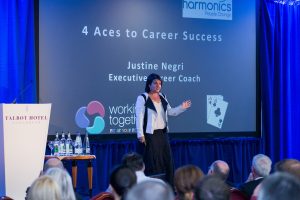
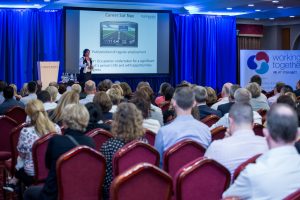

 Q. Do you expect to be delivering this Masterclass again?
Q. Do you expect to be delivering this Masterclass again?